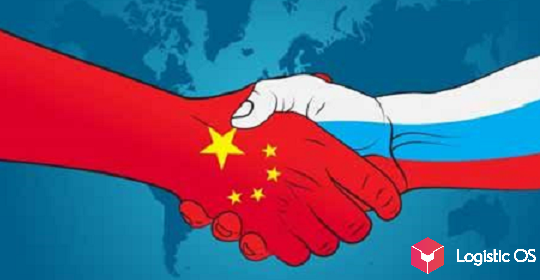Experts do not rule out that the export quota for this type of agricultural product may be increased if there is a good harvest in 2025.
Currently, the quota for the export of rice groats from the territory of the Russian Federation is about 50 thousand tons per year.
This is the level that should, first of all, ensure Russia’s own food security.
However, if after the export of this quota there are leftovers, and the new year’s harvest is at least no less than last year’s, then this may lead to the quota being increased. Although this cannot be said for sure: the final word still remains with the government.
At the same time, experts note that 700 thousand tons of rice groats is enough to satisfy the needs of Russians. To obtain this amount of cereals, it will be necessary to process about 1.1 million tons of raw rice.
Currently, Russia produces from 1.1 million to 1.5 million tons of this agricultural crop.
This means that we are at the stage when it is already possible to export on a permanent basis. However, it should be noted that it still cannot be called stable: the excess of production over consumption is sometimes present, sometimes practically absent.
Foreign buyers are usually interested in receiving predictable volumes every year. Therefore, a stable output of 1.2 million tons of raw rice per year is a necessary condition for developing exports, analysts emphasize.
Nevertheless, over the past 10 years, Russia can already be considered an exporter of rice as a whole.
During this time, annual deliveries amounted to approximately 170 thousand tons per year.
The development of African and Middle Eastern countries is gradually underway, experts emphasize. Until 2022, there was also interaction with Europe, but so far it has been suspended for an indefinite period.
At the same time, Russia has not yet fully achieved self-sufficiency in rice: while exporting round-grain rice, it still buys long-grain rice.
Currently, breeders are working to develop appropriate varieties that will solve the problem in this area as well.
The sanctions mean that supplies of this type of product from abroad cannot be guaranteed. Therefore, developing our own varieties of long-grain rice and growing them ourselves is the best option in the current conditions, since it allows us to completely eliminate any dependence on foreign suppliers.
The current quota is putting pressure on prices: they have fallen from 42 thousand rubles per ton to 24 thousand.
This reduces the profitability of farmers and can be a dangerous factor, since in the long term it can lead to a decrease in the harvest.

